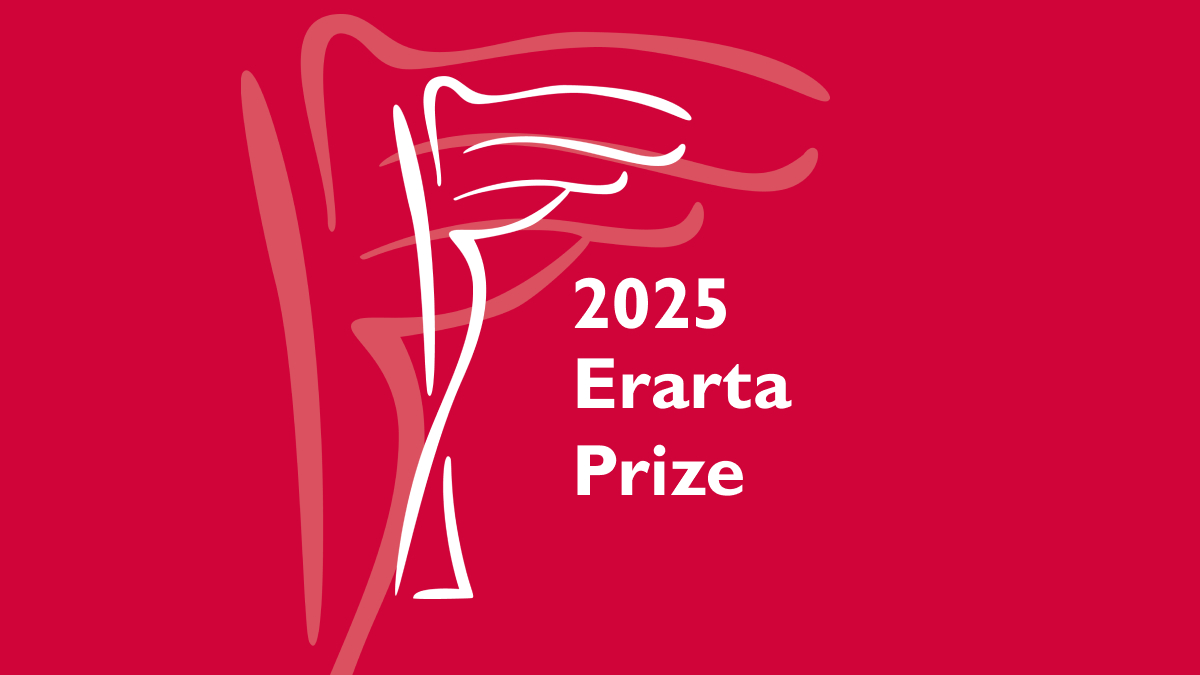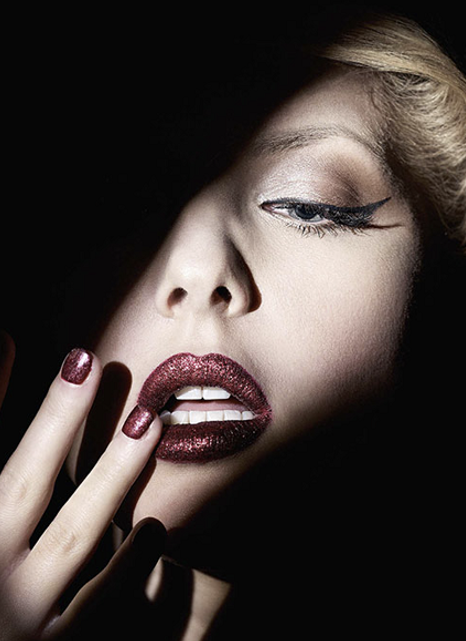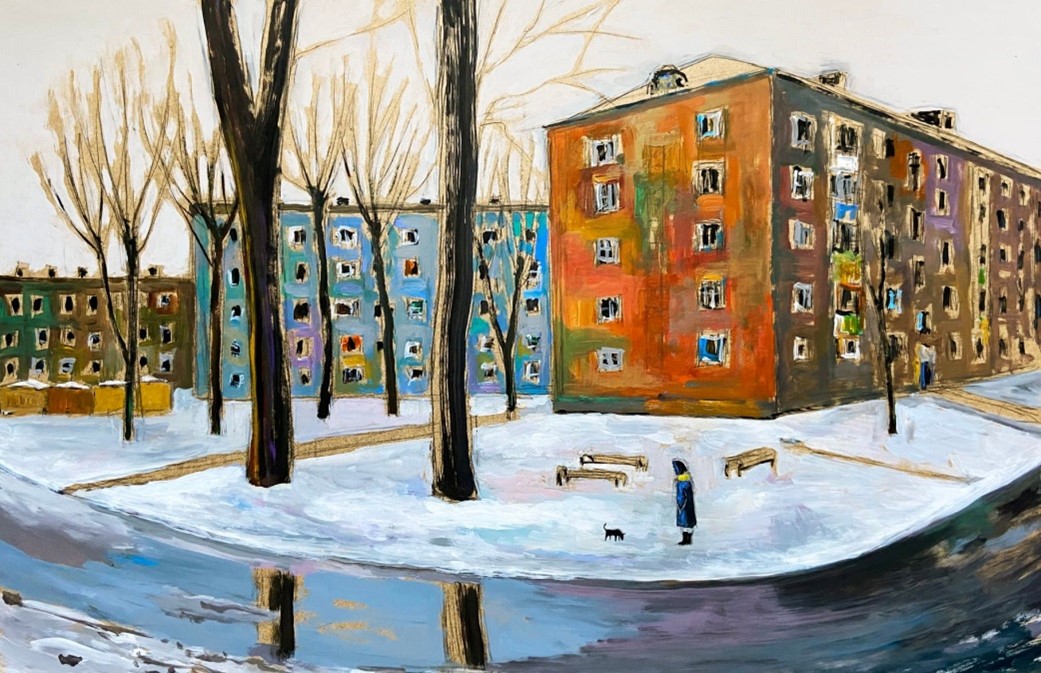Erarta Museum of Contemporary Art presented an exhibition showcasing archive photographs featured in the cult Ogoniok magazine in the 1930s–1970s
-
Images created by the celebrated Soviet masters providing opportunities for reflection on our past, present, and future
-
Triumphs of collective labour, visions of the ‘new model life,’ images of carefree childhood and well-deserved leisure
-
Pictures exuding an atmosphere of a holiday or its anticipation
Since its inception in 1899, Ogoniok established itself as a cult illustrated magazine: it was the television of the pre-television age, around which the whole family would gather. After a hiatus in publication during the years of the revolution, Ogoniok was re-launched in 1923 and already by 1925 had a print run of 500,000.
Those were the times of a true photographic boom, with photography becoming a powerful visual weapon for the young Soviet state. The best Soviet photographers worked with Ogoniok, including Arkady Shaikhet, Eleazar Langman, Emmanuil Evzerikhin, Vsevolod Tarasevich, Isaak Tunkel, Mikhail Savin, Eduard Ettinger, Galina Sanko, Dmitry Debabov, Semyon Fridlyand, Lev Borodulin, Lev Sherstennikov and, of course, Dmitry Baltermants. The latter joined Ogoniok in 1946 and later, from 1965 to 1990, was head of the magazine’s Photography Department. The works by this brilliant roster of photographic artists form the core of Life as a Holiday, the exhibition initially conceived to commemorate the magazine’s 115th anniversary.
Ogoniok’s photographic tradition was largely shaped by the country’s history and ideology. Photography is the mirror of its age, but this mirror’s reflective coating changes with the times and is defined by them. From the 1930s onwards, photography, just like all other Soviet art forms, had to follow the Socialist Realism canon. It was not to depict life ‘as it is,’ but rather to demonstrate ‘how things should be.’ Photography textbooks of the day paid much attention to the rules of staging and directing of the ostensibly objective reportage. Every contrived shot became a political statement, at once a product of and a tool for ideological outreach. Utilising their talents to the fullest, photographers constructed an image of the happiest man in the happiest of lands. The triumphs of collective labour in the fields and factories and on construction sites, visions of the ‘new model life,’ images of carefree childhood and well-deserved leisure – Ogoniok’s photographs exude an atmosphere of a holiday or its anticipation. Together they form a mythological pattern of collective happiness.
Ogoniok’s visual canon took its definitive shape in the mid-1950s, at the peak of the publication’s fame as a photographic illustrated magazine. This was the time when its cover shots and centrefolds adorned the walls of urban apartments, construction trailers, military barracks, outpatient clinics, and community centres alike. Pictures from this era are given pride of place in this exhibition. During the Krushchev Thaw of the 1960s, individual happiness tentatively begins to shine through the shroud of collective celebration as facial expressions, poses, narratives, and overall mood of the pictures change. With the advent of the Era of Stagnation in the 1970s, holiday gradually ceased to be the main subject of Soviet photography. For this reason the photographs from these two decades do not dominate the exhibition space, merely recapping and accentuating the general aesthetics and ideology of the previous epoch.
The works of the Soviet photographers showcased in the exhibition both enchant and, with the passing of years, provide ample space for reflection on our past, present, and future. Today Ogoniok is part of the new media landscape, at times covering not altogether holiday-like current reality. One thing that remains unchanged, however, is the magazine’s special place in the life of this huge country and in the history of its photojournalism.
The exhibition is presented by the Multimedia Art Museum, Moscow












